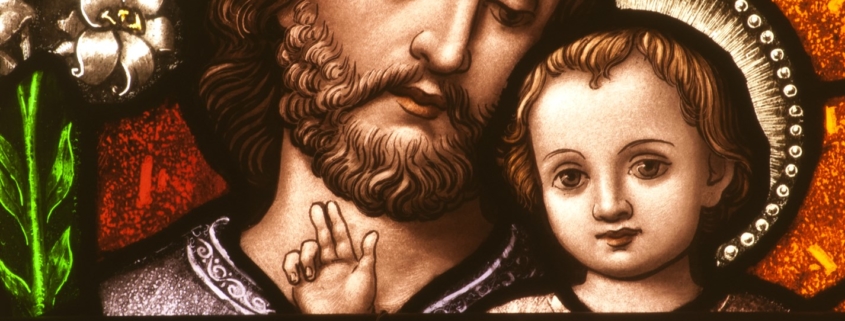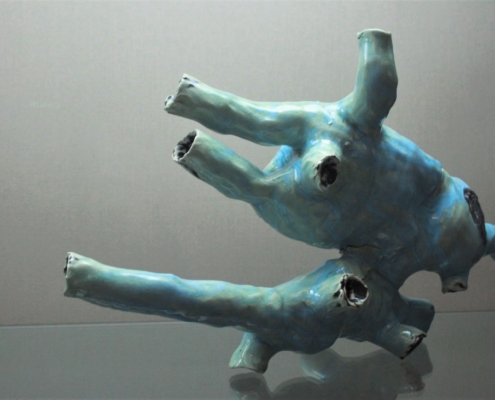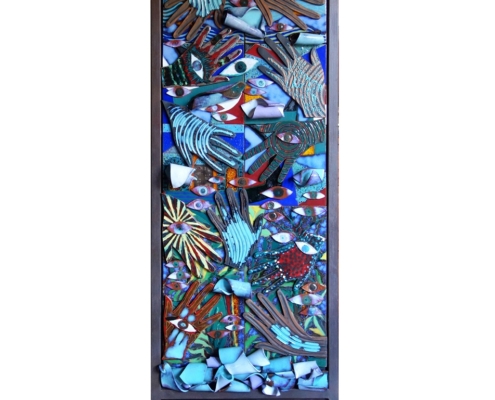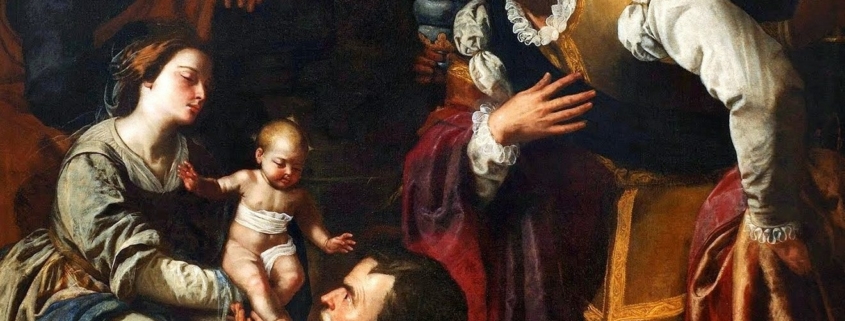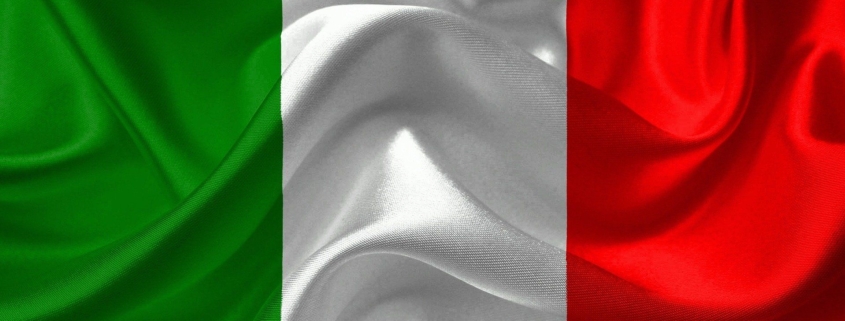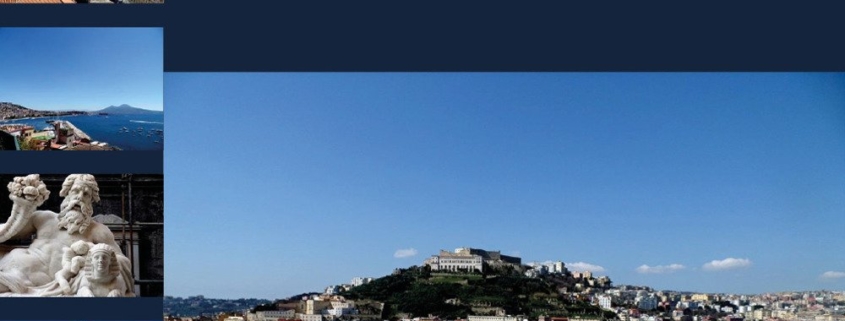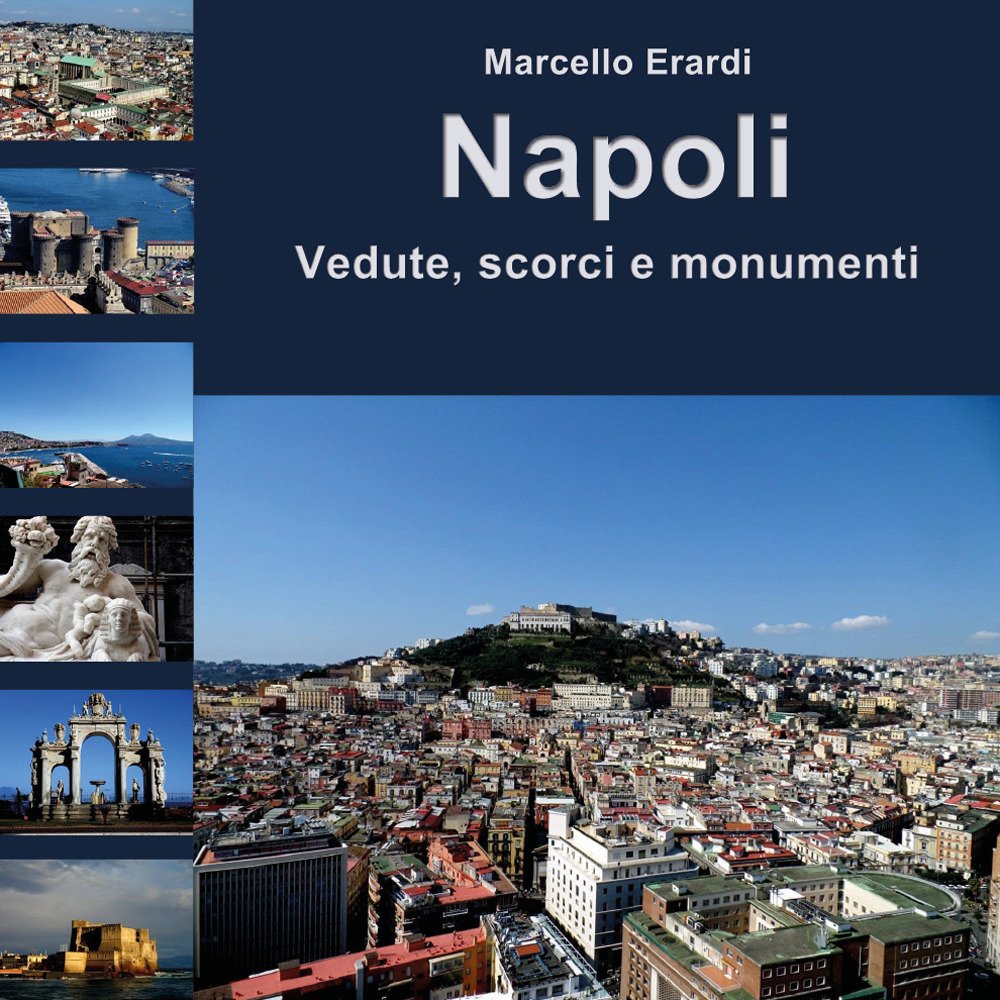It is believed that the first National Women’s Day was first celebrated in the United States on February 28th 1909.
The American Socialist Party designated this day in honour of the 1908 factory workers strike held in New York where women protested against harsh working conditions.
Universal demonstrations quickly developed to involve numerous claims for women’s rights – including strikes to improve basic working conditions and wage increases.

International Women’s Day 2020 #EachforEqual
International Women’s Day seemingly entered history for the first time in 1917 when the women of St. Petersburg took to the streets to demand the end of war forming the so-called “Russian revolution in February”. This event inspired the Second International Conference of Communist Women in Moscow and they nominated March the 8th as the International Day for workers.
Discrimination against women takes place in all societies and it concerns many different spheres of life, it can have a political, economic, social and cultural basis. The form of women’s rights abuse depends often on the culture and tradition of each society, connected with the woman’s age, ethnic origin and social status. It is not always connected with actually women are frequently and openly justified by governments – in the name of ideology, morality or religion.
On the 25th of March 1911, 146 workers, who were mostly immigrant women lost their lives in the Triangle Factory of New York and this may be considered as what became the breaking point for change. This episode was probably confused with the legend regarding the cotton factory dating from 1908. The Triangle Factory tragedy actually opened discussions for many women’s events and demonstrations that steadily took place throughout Europe, including Germany, Switzerland, Austria and Denmark.
In Italy, the 8th of March was celebrated from year 1922 with similar political values and social demands. The initiative took full power here in 1945, when the Union of Italian Women – which was formed by the Christian and Democratic
Labour, Communist, Socialist and Action political parties, celebrated day in the areas which were already liberated from fascism.
In 1946 the whole of Italy started to celebrate “Festa della Donna” using a flower called the “Mimosa” which flourishes in the month of March and a common gift that has become a symbol for this anniversary still popular today.
The International Women’s Day in recent years has become a symbolic occasion to support and improve women’s rights – including issues such as divorce, contraception, legalization of abortion – and generally defending women’s roles and achievements. The 8th of March celebration is of global importance and may be considered as what was a historical starting point demanding dignity and respect – becoming an important symbol fighting against the oppression and discrimination which women have had to endure over the centuries, but sadly still today in many countries struggle to demonstrate.



